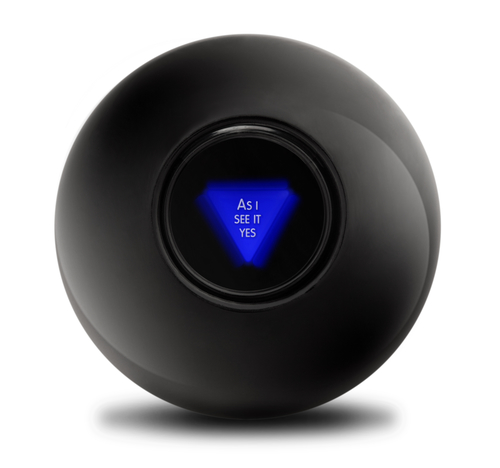How Do You Know You’ve Got A Great Startup Idea?

“You want to do what?” The investor said to me. “It seems like financial engineering. Why don’t you just skip that phase and get right to the unique products?”
The investor didn’t get it. We had a two part strategy that had proven to be successful previously.
I didn’t need to wait for the rejection email. I knew we weren’t getting his money.
A week later I presented our plan to another investor. He said, “Your strategy is brilliant, Brett. It turns everything on it sides. I love it.”
The next week he called me and said, “I can’t get my partnership behind the idea, so I’m going to have to pass.”
My favorite rejection was from the late Paul Allen of Microsoft fame. Allen had a fund called Vulcan Ventures. We presented to one of the partners when we were raising our Series B funding.
The meeting went well, and I was excited to hear what the next steps were. The partner called me a few days later and said, “Paul just can’t get excited about the possibility of investing in low power analog ICs.”
Paul Allen wasn’t alone. A lot of investors couldn’t get excited about the possibility of investing in low power analog ICs.
You can’t rely on other experts to tell you whether your idea is good or not.
The fact that many people didn’t believe in our idea doesn’t mean it was a bad idea. We were attacking a multi billion dollar market with a unique strategy and product set.
Beauty is in the eye of the beholder.
You will find the same thing too. There will be some people that get your idea, and there will be many others that don’t get your idea.
The point is you have to have conviction about what you’re doing. If you don’t have conviction then nobody else will have conviction.
But you have to incorporate the good feedback you are receiving to make adjustments.
However, you can’t live in a bubble where you don’t listen to what the market or other knowledgable people are telling you. From day one we were hearing from investors a strong objection to the second source strategy we were using to get started.
On the one hand, we believed the strategy was the right way to start. On the other hand, it was also clear that we needed to make the long term vision of the company crystal clear.
The feedback made us better. We improved our messaging, and that helped us secure funding. Improving our messaging also helped us when started selling.
You’ll likely go through the same thing. The trick is determining what feedback to listen to, and what feedback to ignore. A simple rule that I find helpful is the more detailed the feedback, the more you should listen to the feedback.
You will find that you’ll need to also make adjustments once you start selling your product or service.
There are very few businesses that don’t need to make some tweaks along the way to their strategy. We certainly were no exception.
We had two core assumptions that proved to be wrong. The first core assumption was that our second source products would sell quickly and pave the way for our proprietary products. The second source products sold slowly at the start. It was only when we announced proprietary products that the second source products started selling.
The second core assumption we got wrong was that the we needed the second source products to have credibility with our customers to sell our proprietary products. It turned out that our customers didn’t care whether we had a track record or not.
So we adjusted our strategy on only focused on highly differentiated proprietary products going forward. Again, the key for us, as it will be for you, was listening to the market, and looking at the cold hard facts.
The only way you’ll truly know if your idea is good or not is when customers start buying your product or service.
I remember having a great idea for a product line years ago. The market was huge, and we could provide a huge improvement in performance to our customers at no extra cost.
I just knew that this product line was going to be a huge win. Everyone I talked with about our idea felt the same way.
You already know what happened: the products flopped. They were a complete dud.
The reality is you only know whether your idea is good when, as the saying goes, “the dogs start eating the dog food.” So listen to the market, and make adjustments based on data. However, you only know if you have a great idea when customers actually start buying your products.
For more, read: When Should You Tell People About Your Startup Idea?